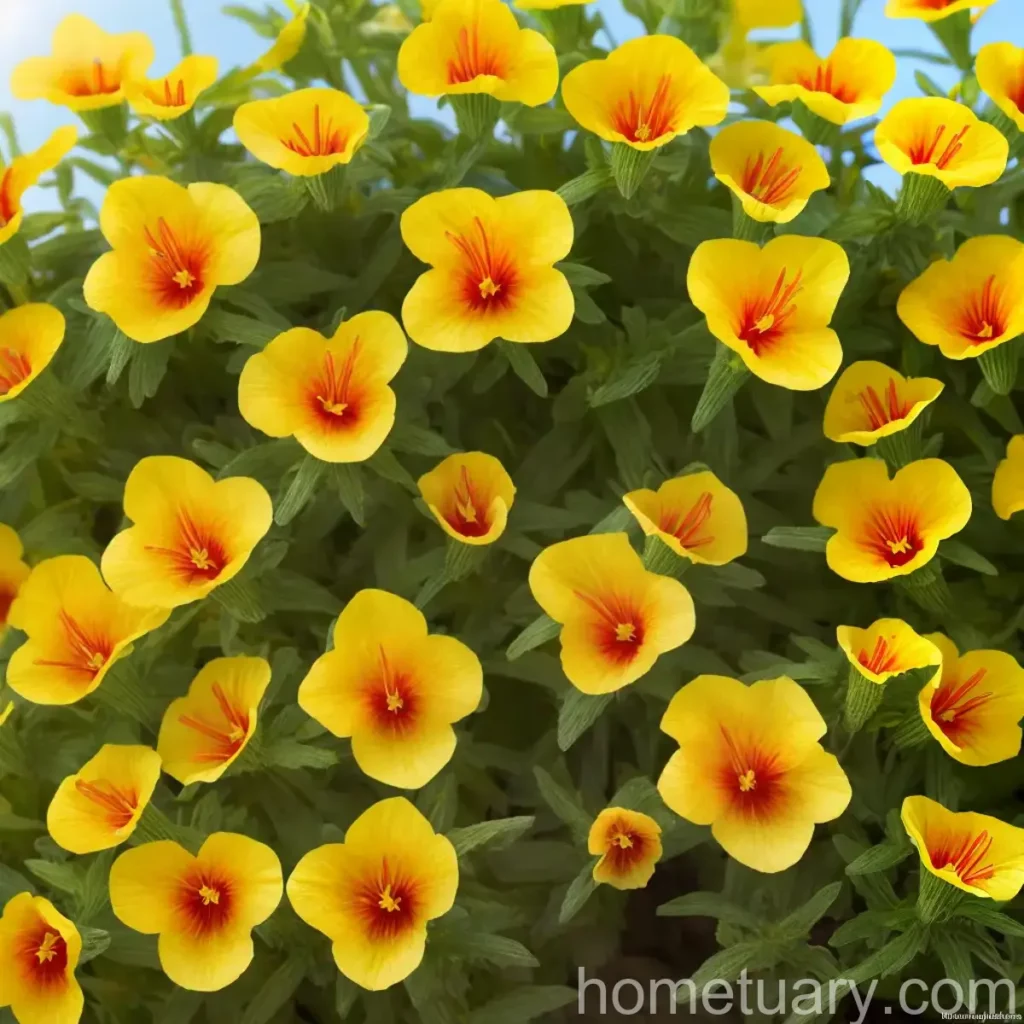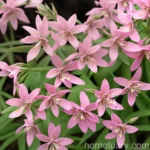Sundrops (Oenothera fruticosa ‘Fyrverkeri’): A Plant Scientist’s Guide
Sundrops, scientifically known as Oenothera fruticosa ‘Fyrverkeri,’ are beautiful flowering plants that bring an array of colorful blooms to gardens and landscapes. As a plant scientist, I am thrilled to share detailed insights and information about the culture, growth, uses, and maintenance of this enchanting plant. Through this comprehensive guide, you will gain a deeper understanding of sundrops, allowing you to nurture and appreciate these vibrant blooms in your own green spaces.
What is Sundrops (Oenothera fruticosa ‘Fyrverkeri’)?
Sundrops, also known by their scientific name Oenothera fruticosa ‘Fyrverkeri,’ belong to the Onagraceae family, which comprises a variety of herbaceous flowering plants. The ‘Fyrverkeri’ cultivar of the Oenothera fruticosa species is particularly renowned for its stunning and vibrant flowers that add a touch of radiance to gardens and landscapes.
Key Takeaways – Sundrops (Oenothera fruticosa ‘Fyrverkeri’)
Before delving into the detailed aspects of cultivating and caring for sundrops, let’s explore the key takeaways about this captivating plant.
- Sundrops (Oenothera fruticosa ‘Fyrverkeri’) Characteristics:
- Vivid, colorful flowers
- Herbaceous perennial
- Attracts pollinators
Culture
Cultivating sundrops effectively requires a good understanding of the plant’s cultural preferences. From sunlight requirements to soil type, each aspect plays a crucial role in fostering the ideal conditions for these radiant blooms.
Uses
Sundrops are primarily valued for their ornamental features, elevating the visual appeal of gardens and landscapes. Their vibrant blooms create striking focal points, and when planted en masse, they can transform outdoor spaces into vibrant and lively settings.
- Landscape Uses:
- Borders and edging
- Cottage gardens
- Pollinator gardens
Water
Proper watering is essential for the health and vitality of sundrops. While these plants exhibit some tolerance to drought, consistent moisture levels are beneficial, especially during their active growth periods.
- Water Requirements:
- Regular watering, particularly during dry spells
- Ensure well-draining soil to prevent waterlogging
Sunlight
Sundrops thrive in ample sunlight and flourish when afforded the right exposure to the sun. Adequate sunlight is crucial for the development of their vibrant blooms and overall growth.
- Sunlight Needs:
- Full sun to partial shade
- Aim for at least 6 hours of direct sunlight per day
Fertilizer
While not excessively demanding in terms of fertilization, sundrops benefit from occasional feedings to bolster their growth and floral displays.
- Fertilizer Needs:
- Apply a balanced, slow-release fertilizer in spring
- Cease feeding in late summer to prevent stimulating late-season growth
Soil
The choice of soil profoundly influences the well-being of sundrops, with well-draining and nutrient-rich substrates being favorable for their growth and overall vigor.
- Soil Preferences:
- Well-draining, loamy soil
- Neutral to slightly acidic pH levels
Pruning
Pruning is an important aspect of caring for sundrops, promoting tidiness and encouraging recurrent flowering. By understanding the pruning techniques suited to these plants, you can enhance their health and aesthetics.
- Pruning Techniques:
- Cut back spent flower stalks to encourage continued blooming
- Trim back excessive growth in early spring to maintain compactness
Propagation
Expanding your sundrops population can be achieved through various propagation methods, each offering distinct advantages and considerations for successful plant establishment.
- Propagation Methods:
- Division
- Seed sowing
Container Popularity
Sundrops can also be grown in containers, adding versatility to their cultivation and expanding the possibilities for their inclusion in diverse outdoor spaces.
- Container Gardening:
- Select well-draining pots or containers
- Regularly monitor soil moisture levels, as containers can dry out more quickly
Common Diseases
Sundrops, like many plants, are susceptible to certain diseases that can impact their growth and vitality. Being aware of common ailments and their symptoms can aid in prompt intervention and management.
- Disease Diagnosis:
- Powdery mildew
- Rust
- Crown gall
Common Pests
Pest infestations can thwart the flourishing of sundrops, necessitating vigilant monitoring and appropriate pest control measures to safeguard their well-being.
- Pest Threats:
- Aphids
- Spider mites
- Slugs and snails
Botanist’s Tips
- Encourage Pollinators: Sundrops are pollinator-friendly plants, attracting bees, butterflies, and other beneficial insects. Embrace these visitors as they contribute to the ecological balance of your garden.
- Regular Deadheading: Consistent deadheading of spent blooms not only maintains the plant’s aesthetic appeal but also encourages the production of new flowers.
- Companion Planting: Pair sundrops with other pollinator-friendly plants to create a dynamic and ecologically beneficial garden landscape.
Fun Facts
- Sundrops, with their vibrant colors, symbolize joy, positivity, and vitality in the language of flowers, making them splendid additions to gift bouquets and arrangements.
- Some species of sundrops are known for their evening-blooming nature, unfurling their blossoms as dusk descends, lending a touch of enchantment to the garden at twilight.
- Indigenous communities in certain regions have historically used different parts of the sundrops plant for medicinal purposes, harnessing its natural properties for various health remedies.
Links to External Resources
For additional information and resources on sundrops (Oenothera fruticosa ‘Fyrverkeri’) and related topics, refer to the following:
- The Royal Horticultural Society – Sundrops Plant Information
- University of Florida IFAS Extension – Sundrops: Oenothera fruticosa ‘Fyrverkeri’
- Missouri Botanical Garden – Oenothera fruticosa ‘Fyrverkeri’ Plant Profile
Through the comprehensive insights and guidelines provided in this article, you now possess an in-depth understanding of sundrops (Oenothera fruticosa ‘Fyrverkeri’). Leveraging this knowledge, you can cultivate and nurture these radiant blooms, creating captivating and vibrant landscapes that celebrate the beauty of nature. Whether adorning a flowerbed or embellishing a container garden, sundrops are certain to captivate all who encounter them, exuding joy and positivity through their resplendent blossoms.















